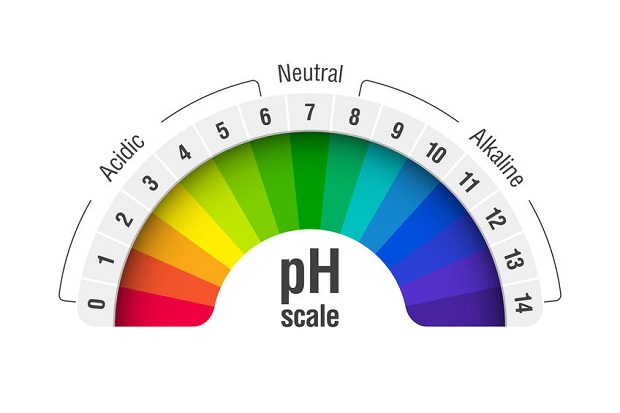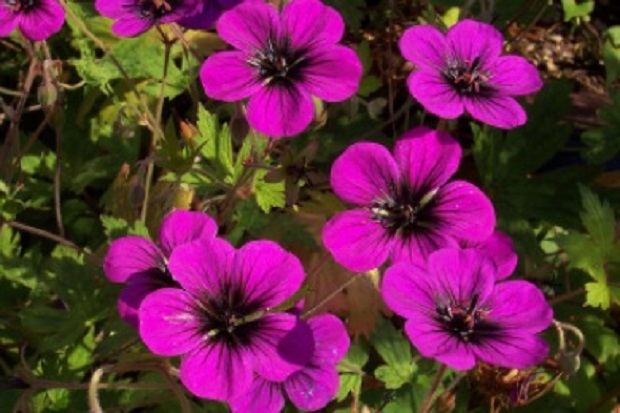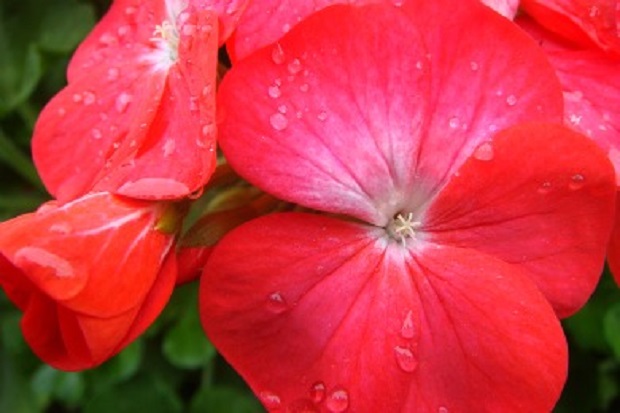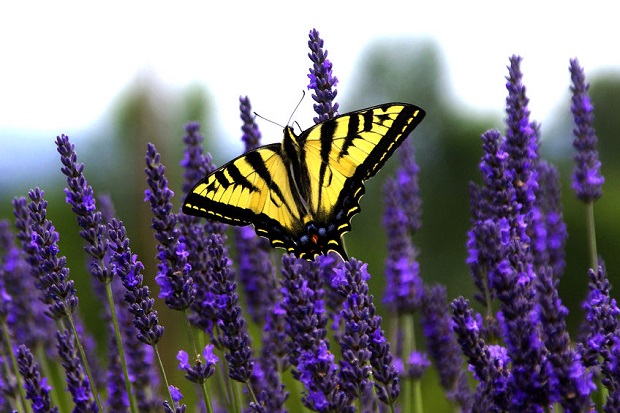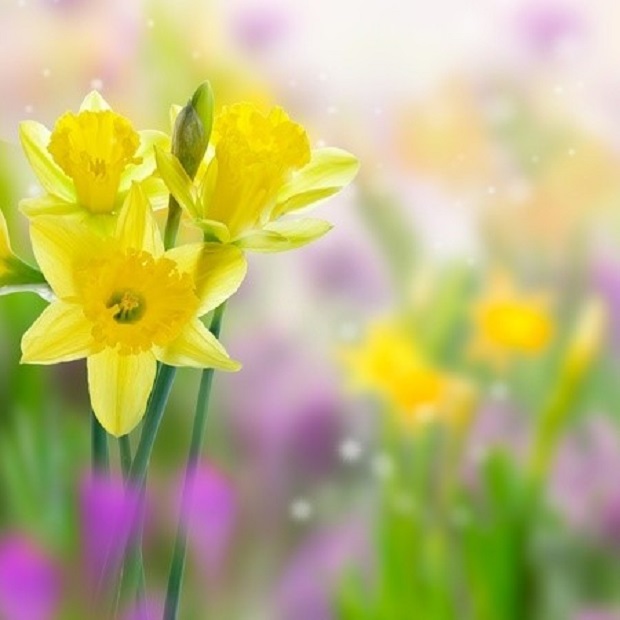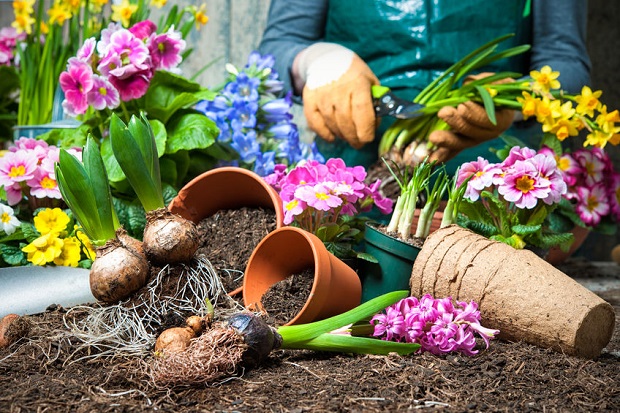
When to Plant Daffodils?
For best results, plant daffodils in the early fall. Daffodils need to develop a strong root system before the first frost sets in, so early fall is generally the best time to plant the bulbs for next spring’s blossoms.
Where to Plant
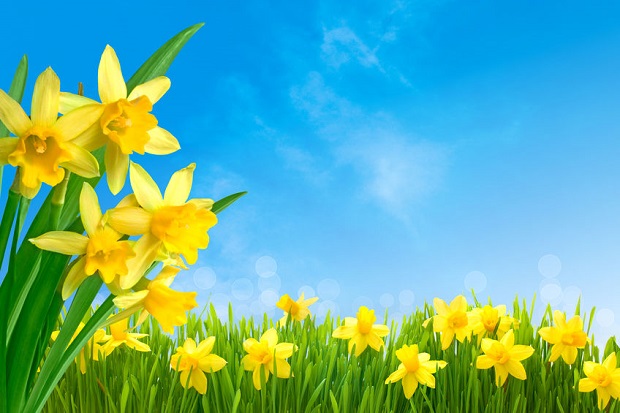
Daffodils require fertile, well-drained soil in a sunny location. If you have clay soil, cut in organic matter such as peat moss when you are planting the bulbs. Daffodils create a spectacular show when they are planted in masses.
After the bloom is spent, the foliage must be kept intact to provide food to the bulb. If you find this foliage unattractive, simply disperse daffodil bulbs amongst other flowers that will bloom after the daffodil bloom fades.
Watering Daffodils
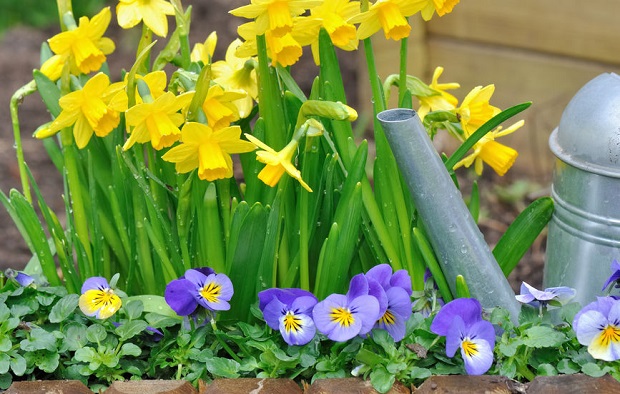
Daffodils require moisture to set root, so keep your newly planted daffodils moist. You can mulch around the flowers to help maintain the soil’s moisture content. Do not overwater. Daffodil bulbs will easily rot, which is why well-drained soil is the key to daffodil success.
Planting Tips
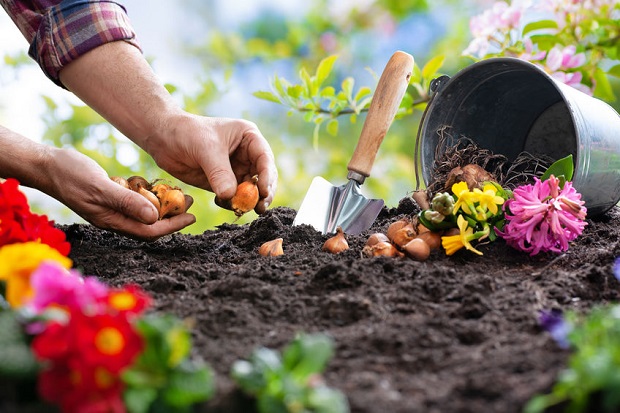
Plant the daffodil bulb with the nose facing upward.
Plant the bulbs in masses for a spectacular display in the spring.
Space the bulbs 6-12″ apart. The closer the bulbs are planted together, the more impressive the burst of color when they bloom, but they will require dividing every 3-5 years.
Plant the bulbs at a depth of 2-3 times the height of the bulb. This is generally an average of 8 inches.
Fertilize when you plant daffodils, then once a month thereafter. Forgo fertilizing during the blooming period, as this may shorten it.
Resources
“Bulbs & More: Planting and Care.” The University of Illinois Extension. University of Illinois, n.d. Web. 29 Mar. 2011. <urbanext.illinois.edu/bulbs/planting.cfm>.
Extension, University of Missouri. “G6610 Spring Flowering Bulbs: Daffodils | the University of Missouri Extension.” The University of Missouri Extension Home. N.p., n.d. Web. 28 Mar. 2011. http://extension.missouri.edu/publications/DisplayPub.aspx?P=G6610.
